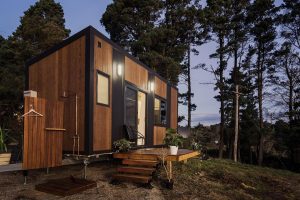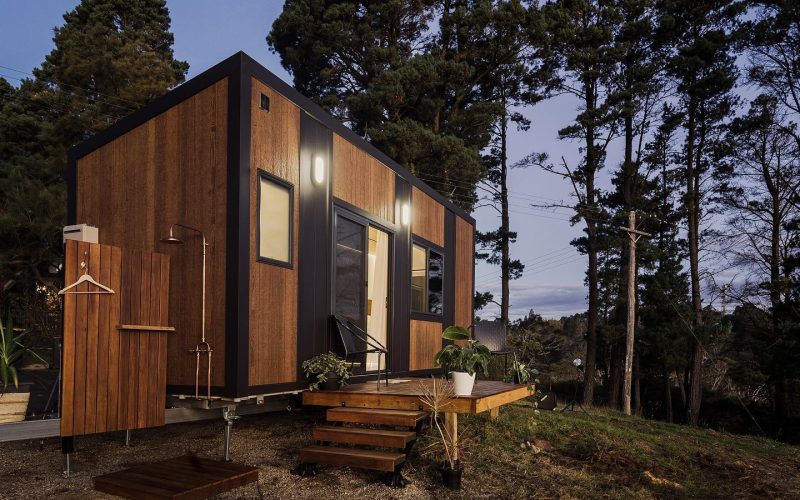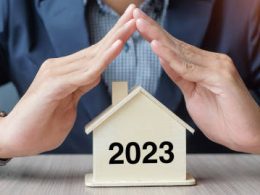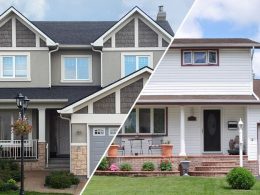In an era marked by burgeoning environmental concerns, the real estate industry is undergoing a profound transformation, as sustainability takes center stage in shaping its landscape. The intersection of real estate and environmental consciousness has birthed a new era of construction, design, and operation, redefining the sector’s practices and priorities.
Amidst this shift, the integration of green practices in real estate development has emerged as a pivotal force, reimagining the very foundations of how buildings are constructed, managed, and utilized.
Embracing Sustainable Construction Techniques
In recent years, real estate developers have turned to innovative construction methods that significantly reduce environmental impact. Sustainable materials, such as recycled steel, reclaimed wood, and energy-efficient glass, are becoming commonplace in building projects. The utilization of green roofs, solar panels, and rainwater harvesting systems is increasingly prevalent, showcasing a commitment to energy conservation and renewable resources.
Moreover, the concept of “green building certifications” such as LEED (Leadership in Energy and Environmental Design) has gained traction, incentivizing developers to adhere to strict environmental standards. These certifications not only enhance a building’s market value but also reflect a dedication to sustainability and eco-friendly practices.
Redefining Property Management with Eco-Friendly Operations
Beyond construction, property management companies are revolutionizing operational strategies to minimize carbon footprints. Efforts to optimize energy usage through smart systems, including lighting, heating, and cooling, are being widely adopted. Additionally, the implementation of eco-friendly waste management, water conservation initiatives, and promoting the use of sustainable materials in interior design are reshaping the real estate industry’s operational norms.
Impact on Property Valuation and Market Trends

The integration of sustainable practices is not just an environmental commitment but also a financial consideration. Studies indicate that green-certified buildings command higher property values and rental rates while experiencing lower vacancy rates. Investors, recognizing the long-term benefits of sustainability, are increasingly funneling funds into environmentally responsible real estate projects.
Furthermore, changing consumer preferences are reshaping market dynamics. Homebuyers and tenants, particularly among the younger demographic, are displaying a preference for eco-conscious living spaces, driving demand for sustainable housing options.
Challenges and the Path Forward
However, challenges persist. The upfront costs of implementing green technologies and materials remain a deterrent for some developers. Additionally, a lack of standardized regulations and varying regional policies pose obstacles to widespread adoption.
Nevertheless, the momentum toward sustainability in real estate is undeniable. Governments, industry stakeholders, and consumers are increasingly recognizing the urgency of mitigating environmental impact, propelling the industry toward a greener future.
As the real estate landscape continues to evolve, the fusion of sustainability and property development promises not only a more environmentally conscious industry but also a more resilient and lucrative one. The transformation is underway, marking a pivotal moment in the history of real estate—an era defined by a commitment to sustainability.
“The evolution of the real estate industry toward sustainability isn’t merely a trend; it’s an imperative for a planet grappling with environmental crises. Incorporating green practices into property development not only aligns with ethical and moral obligations but also presents a golden opportunity for economic growth. It’s time to acknowledge that sustainable real estate isn’t just a choice; it’s the way forward.”












